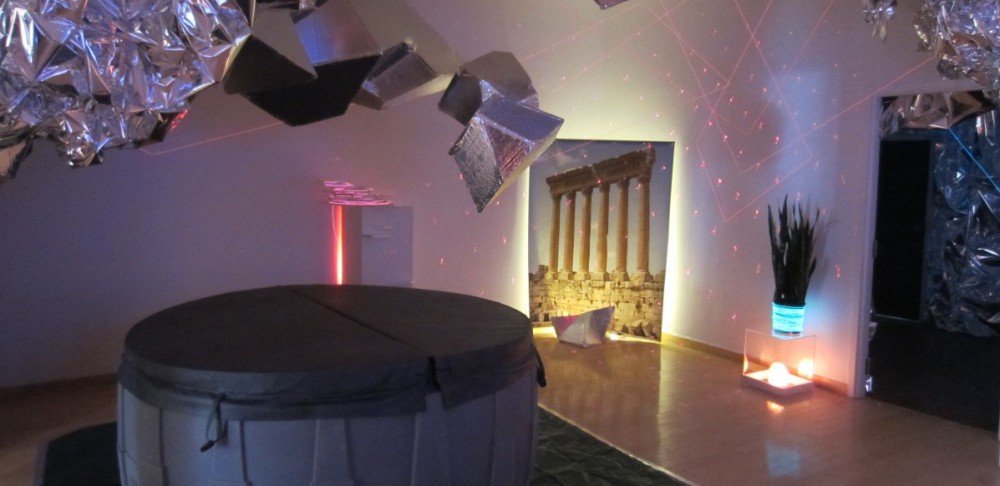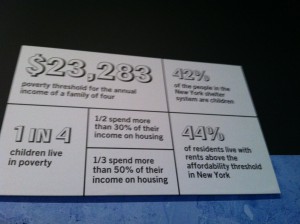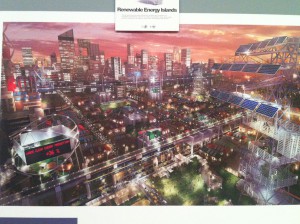Tried to get mostly everything down. Hope the notes help somewhat. -Donovan
Midterm Next Week!!!
Free writing assignment in class
First part reflecting on Project 1: What are you struggling with as a writer
Second part: What do you want to explore more in terms of texts, content, and themes
How do you think you are doing in the class?
Remember that the essay is entirely your opinion. Your data is not outside sources, it close reading of THE TEXT
Class Opinions/Struggles of the Writing Process
– Confusion about peer review process
– Using references and links did helped to make revisions
– Not using outside sources was difficult
– Keeping track of all the info provided by prof. was confusing and almost too much
– Coming up with a topic to write about was difficult
– It was Stressful
– Writing essay was like writing science paper (using data to back up thesis)
Class Question: Is there no wrong answer if it’s an argumentative essay (personal opinion?)
– You set up the terms to make a claim. You must have your reader believe your claim by clearly defining your terms and backing up your statements with evidence from the text.
– Be aware of the entire text (not just snippets) and examples that may counter your argument.
When you enter in a communicative relationship with someone (writing, speech), you must be ethical. In rhetoric, goal of being an ethical communicator is to be FAIR.
Karl: Don’t you leave it up to the reader to make a decision?
Prof. Response:
– Do not misrepresent the text by cherry-picking and selectively leave out certain points that may counter your argument.
– It’s always more persuasive to offer a counter-argument for the reader to think about.
– Beware of Rhetorical Fallacy (unethical/misrepresentative writing)
– Come across as a credible writer (believable)
– Fact + significance = a good topic sentence
When proofreading, do not make any comments on the first reading. See the whole scope of the paper. Sometimes most of what you want to say is there, you just have to fix the order.
SIDE NOTE: Very important, BAD HUNGRY PLACE aka BHP. Beware!!! If you don’t eat, you get cranky like prof. does.
MIDTERM
Everything we’ve done is fair game!!!
Main things that will be addressed in the midterm
– Ability to understand the texts and movies we’ve watched
o Mainly discussions of science fiction terms
– Applied Questions/Themes and concepts
o Think about the themes, conflicts, values (i.e post humanisms, prosthesis, what it means to be human, etc.) and be able to say something critical about them
– Elements of Fiction (i.e. setting, plot, characters, symbolism, point of view, etc)
– Part of the midterm may or may not be about writing critically/the writing process
It’s not make or brake (10% of term grade), but still important
*** Characters, Conflicts, Values, Themes ***
MIDTERM REVIEW
THEMES/CONFLICTS/VALUES SO FAR
– Man vs Machine conflict
– Religion
Symbolism
– Authenticity
– Lack of communication (face to face)- mediation
– Fear (i.e. machine stops)
– Following other people/control/obedience/leadership
– Importance of animals
– Isolation
– Technological Determinism: a belief (now a very overly simplistic belief/not very popular) that technology determines what happens in culture and society.
– Agency/responsibility for what is done with technology
– Setting (an element of fiction) i.e. postwar/post-apocalyptic setting
– Apocalypse: destruction/radical break where something new occurs
– Conflict of Man vs. nature
– Human crisis/ existential crisis: question of existence/place of man in the world
– Boundaries: What is the distinction between different entities?
– Simulation
– Ersatz
– What is genuine?
– Power (Roy with Tyrell, Machine Stops, Metropolis, Religion)
– Freedom is limited (i.e. Machine Stops they cannot leave the machine/Metropolis they must work for the machine/In Androids the Andy’s can’t leave Mars)
– Questions of individuality
– Whether or not you can retain free will in a world dominated by technology
– Emotional Aspect (i.e. empathy, sympathy, ability to identify with something different)
– Marginalization
– Identity Crisis (i.e. implanted memories, can andys have an identity without past experiences?)
– Conformity: To be the same as everyone else/to fit in
Tied in to the idea of norms
Can lead to solidarity (feeling of belonging to a whole group)
– Classes/Hierarchy
– Status/Appearance
– Consequences of technology
o Think about certain decisions and/or actions we make based on technology
o Causes us to look at ethical problems/possible solutions
– Cyborg (cybernetic organism)- Middle ground between machine and man (i.e. android is a merging of man and machine)
– Prosthesis: mechanical extension of a human (i.e. mechanical arms/limbs)
o Forces us to question authenticity
– What is the purpose of science fiction?
o Critiques on society
o Alternative thinking
o Extrapolations: Take facts and observations about a present or known situation and use them to make a prediction about what might eventually happen.
o The “what if”
o Thought experiments
THE END






